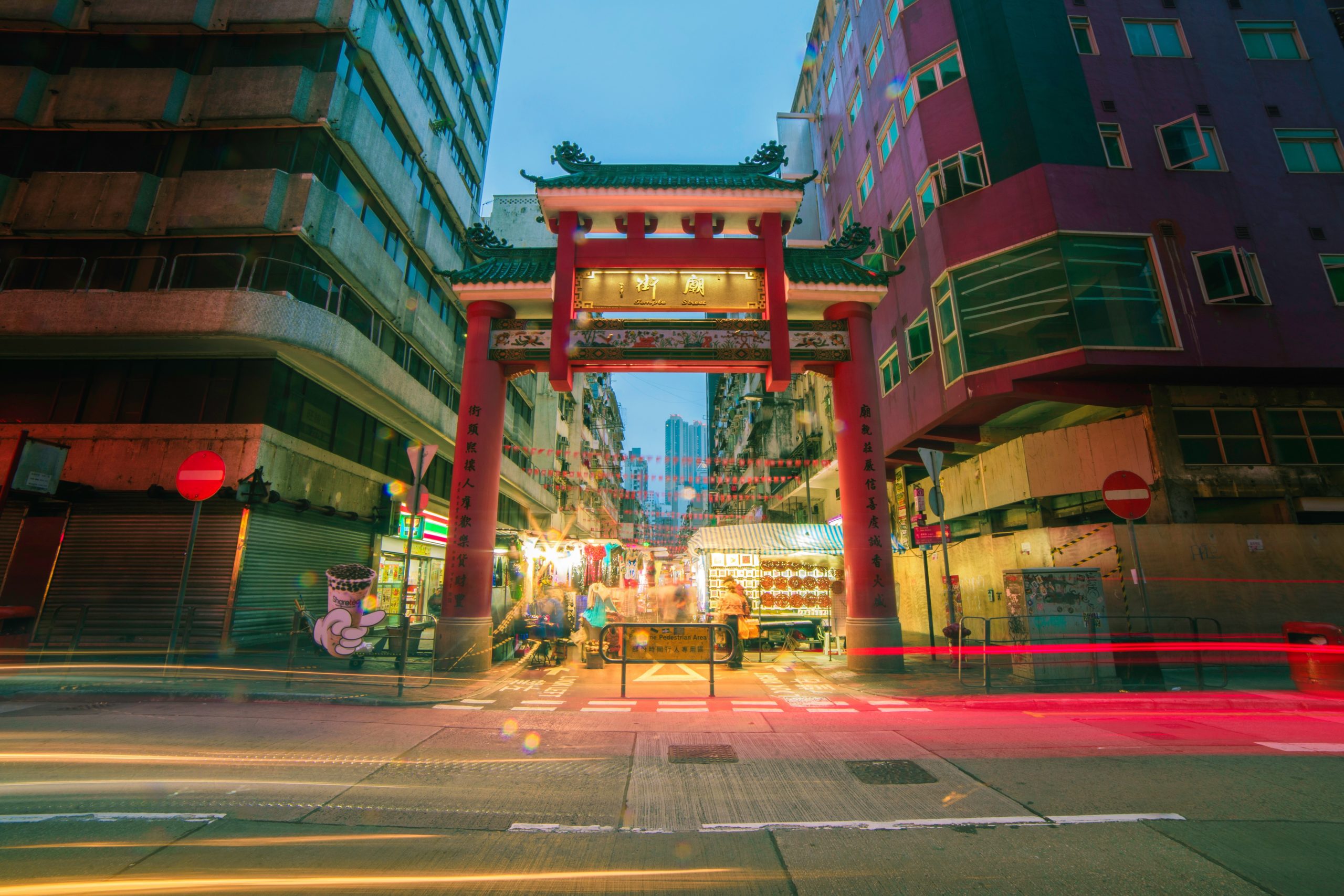There are widespread concerns about the impact of the sudden relaxation of covid restrictions on the health of the people of China, and particularly the elderly who have been reluctant to be vaccinated. Only time will tell how bad this situation gets but some 60,000 deaths have been reported so far and infections have soared. The cynics may say that the true figures will be sanitised. However, while the health system is under immense pressure, it seems to be coping. Some epidemiologists are estimating that the infection rate has peaked or is close to doing so. The Chinese lunar new year celebrations are likely to spike infection rates in rural areas as urban Chinese return to their hometowns for the national holiday.
Despite the uncertainty over how COVID rates will impact the economy, investors have responded well so far with the Hang Seng Tech index climbing almost 60% from its lows in October last year. While this might sound dramatic, when considered in the context of the derating in the constituent stocks over the past two years, it is insignificant. Among others, Alibaba has returned to our portfolios, and remains very attractively valued.
What is clear is that while the wave of infection is a major public health concern, the Chinese economy is firing up. The Chinese government introduced measures to shore up the beleaguered property sector at the end of last year and has reduced the regulatory constraints on tech companies enabling them to forecast more positively. Furthermore, the ambition to achieve 5% growth per annum will require continued fiscal support, and further measures to jumpstart the economy are likely to be rolled out throughout the year.
This leads to the question of what happens next, and particularly with our consumer focus, what happens to consumption from its very low base in 2022. Estimates of the extent of excess savings built up over the past two years are between 5% and 11% of GDP, or 12% to 30% of retail sales. Clearly, this will not all be released at once, since the economy is still languishing and employment soft, especially at the younger end of the demographic. But the prospects for getting out and about, wandering through shopping malls, eating in restaurants, and travelling look so much brighter for the year ahead.
It seems likely that there will be more volatility in Chinese equities as the pandemic unfolds and news flow may well be mixed in the coming months. But the combination of a government which seems focused on re-accelerating the economy, a consumer who has significant pent-up demand, and very low valuations, suggests that the outlook for Chinese stocks, and particularly our consumer stocks, is rosier than it has been for some considerable time.
This article is also available in pdf version here.
A full disclaimer can be found within the pdf version.

